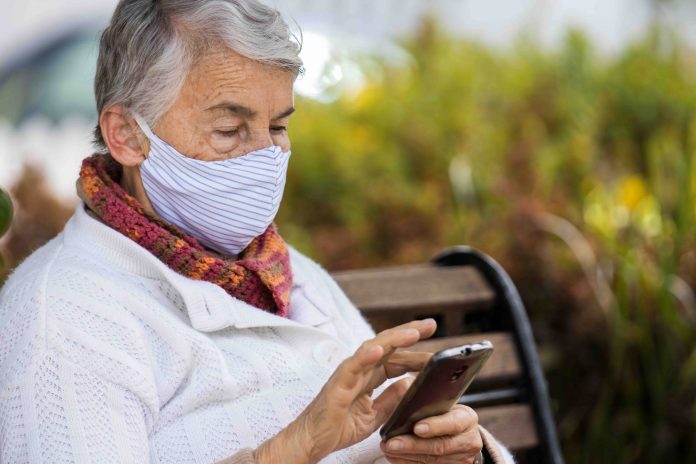A new campaign aims to raise awareness about the itchy and painful condition – shingles.
The Interrupted by Shingles campaign seeks to educate the community about the signs, symptoms and risk factors of shingles.
While many may not consider themselves at risk of developing this condition, Dr Sarah Chu – a GP with an interest in shingles – says that for those who are aged 50 years and over, the risk of developing the condition may be higher than they believe.
“Up to 1 in 3 Australians risk developing shingles in their lifetime and up to 99.5% of adults 50 years and over carry the virus that can cause shingles,” Dr Chu said.
Interestingly, Dr Chu says that the virus responsible for causing shingles comes from within the body, so “public health measures like social distancing or mask-wearing don’t impact the rates of shingles”.
“As we get older our immune system starts to decline and this can lead to the reactivation of the varicella zoster virus, causing shingles,” she said.
“This is the same virus that also causes chickenpox.”
The importance of raising awareness
In a new survey commissioned by GSK Australia, a sample group of 300 Australians aged 50-79 were asked about their knowledge and personal risk of developing shingles.2
- Only 8% of survey respondents believe they are at risk of shingles in the next 12 months, 15% in the next 5 years and 19% in the next 10 years.2
- The survey data also suggests there is a gap between Australians’ knowledge of shingles and their actions. While 75% of survey respondents say they understand that shingles is a serious disease, only 16% of respondents in their 50s and 22% in their 60s have discussed shingles with their GP.2
- Additionally, only half the survey respondents (53%) say they believe the disease could have a negative impact on quality of life.5 However, up to 25% of people with shingles may develop post-herpetic neuralgia (PHN), a complication of shingles that can result in persistent nerve pain for months or years after the initial shingles rash resolves.1,3,4
“Shingles can be a debilitating condition, so it’s really important that people who may be at higher risk, such as people aged 50 and over, talk to their healthcare professional,” Dr Chu said.
Shingles typically presents as an itchy rash, with painful blisters across the chest, abdomen or face. The pain associated with shingles is often described as burning, shooting or stabbing. Around 120,000 new cases of shingles occur each year in Australia.
For more information, visit: knowshingles.com.au
References:
- National Centre for Immunisation Research and Surveillance (NCIRS) Zoster vaccine for Australian adults fact sheet, updated May 2022. Available at: https://ncirs.org.au/ncirs-fact-sheets-faqs/zostervaccine-australian-adults. Accessed September 2022
- IPSOS MORI Survey commissioned by GSK Global Feb 2022. GSK Data on File, 2022.
- Wehrhahn MC, Dwyer DE. Herpes zoster: epidemiology, clinical features, treatment and prevention. Australian Prescriber 2012;35:143-7.
- Kawai K, Gebremeskel BG, Acosta CJ. Systematic review of incidence and complications of herpes zoster: towards a global perspective. BMJ Open. 2014 Jun;4(6):e004833










